The Secret to Making Good Macarons: A Step-by-Step Guide
LE CORDON BLEU MALAYSIA
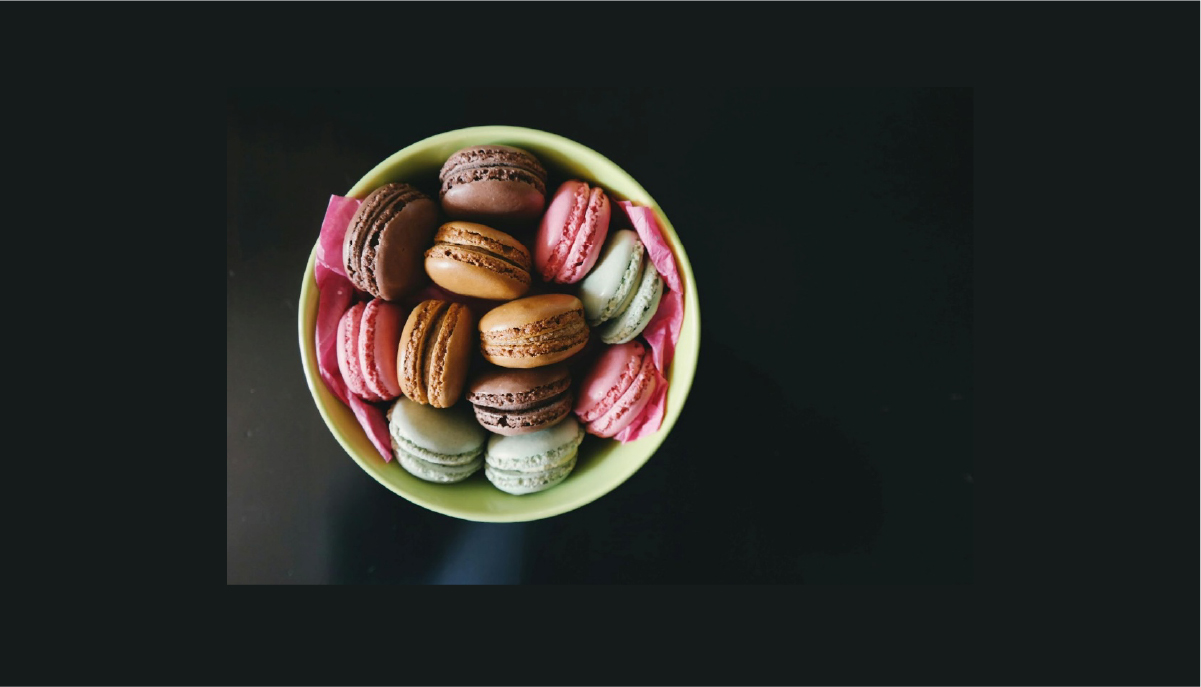 Light, delicate, and irresistibly delicious, macarons are the crown jewel of French pastries. But anyone who has tried making them at home knows they can be tricky. From cracked shells to hollow centres, macarons demand precision, patience, and a little bit of pastry magic.
Light, delicate, and irresistibly delicious, macarons are the crown jewel of French pastries. But anyone who has tried making them at home knows they can be tricky. From cracked shells to hollow centres, macarons demand precision, patience, and a little bit of pastry magic.
|
🇫🇷 Did You Know? 🇫🇷
The modern version of macarons, known as the French macarons, emerged in the 20th century when Ladurée, the famous Parisian patisserie, introduced the concept of sandwiching two macarons with a ganache, buttercream, or jam filling.
|
If you've ever wondered how professional pastry chefs create flawless macarons, you're in the right place. This guide will break down the secrets behind perfect macarons, step by step, so you can master them in your own kitchen. And if you’re passionate about perfecting the art of French pastries, enrolling in a baking class in Malaysia or pursuing a diploma in pastry and bakery could take your skills to the next level!
Understanding the Ingredients
Great macarons start with great ingredients. Let’s break down what makes each one essential.
1. Almond Flour: The Key to Smooth Shells
Fine, sifted almond flour is non-negotiable. Any lumps can ruin the smoothness of your macaron shells. If you're making your own almond flour:
- Blend raw, blanched almonds in a food processor until finely ground.
- Sift thoroughly to remove any coarse bits.
- Avoid over-processing, as almonds can turn into a paste if too much oil is released.
|
🌰Pro tip!🌰
Oily almond flour can sabotage your macarons by preventing proper structure formation, so store your almond flour in a cool, dry place.
|
2. Icing Sugar: The Sweet Secret
Powdered sugar actually helps create the light, crisp texture of macaron shells. When combined with almond flour, it forms the macarons' signature delicate structure.
3. Egg Whites: The Foundation of a Strong Meringue
Always use fresh eggs for the best structure and stability. For maximum volume, let the egg whites come to room temperature before whipping — not cold!
4. Sugar for the Meringue: Stability Matters
Not all meringues are created equal. Macarons can be made in three types:
- 🇫🇷 French Meringue – The easiest to make; sugar is added gradually while whipping egg whites.
- 🇮🇹 Italian Meringue – Requires boiling sugar syrup poured into whipped egg whites for extra stability.
- 🇨🇭 Swiss Meringue – Egg whites and sugar are heated together before whipping, resulting in a glossy, smooth texture.
For beginners, French meringue is the simplest method and works beautifully. Add granulated sugar gradually to prevent deflating the egg whites.
5. Food Coloring & Flavoring: Keep It Dry
- Use gel or powdered food colouring instead of liquid to avoid ruining the batter's consistency.
- Flavour wisely! Opt for extracts, citrus zest, or dry flavourings (e.g., freeze-dried fruit powders) to maintain the right texture.
Mastering the Macaronage Technique
The macaronage (mixing) process is where most macarons go wrong. Follow these steps to get it just right.
Step 1: Achieving the Perfect Batter
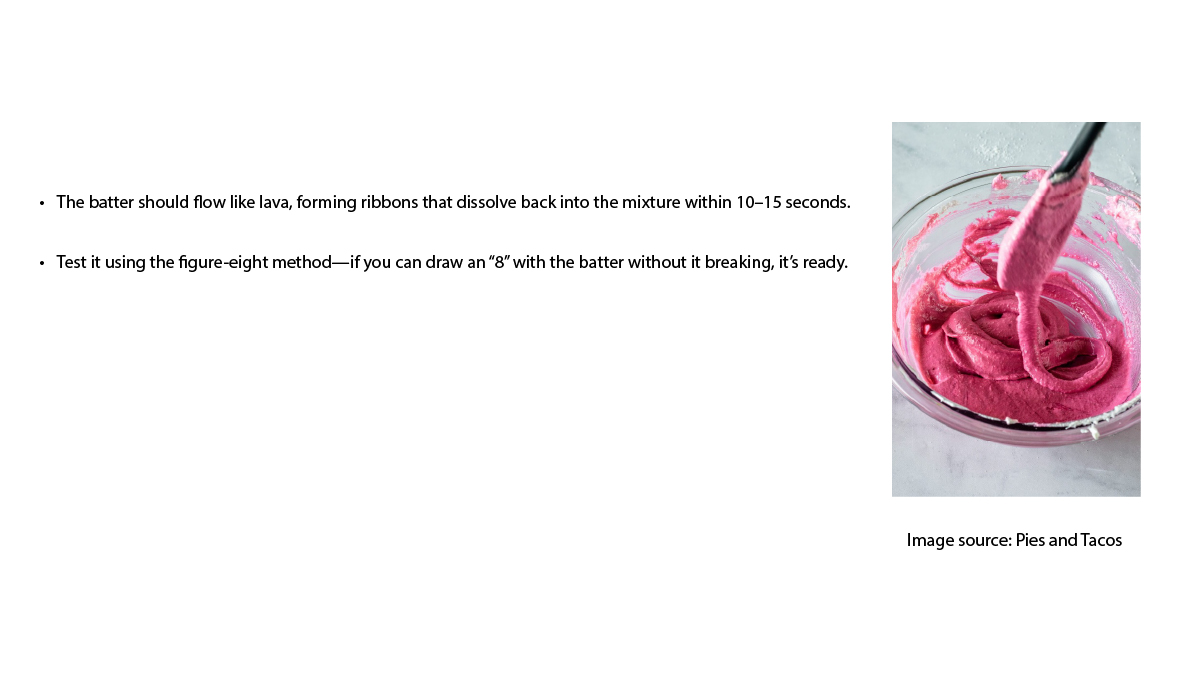
Step 2: Piping Like a Pro
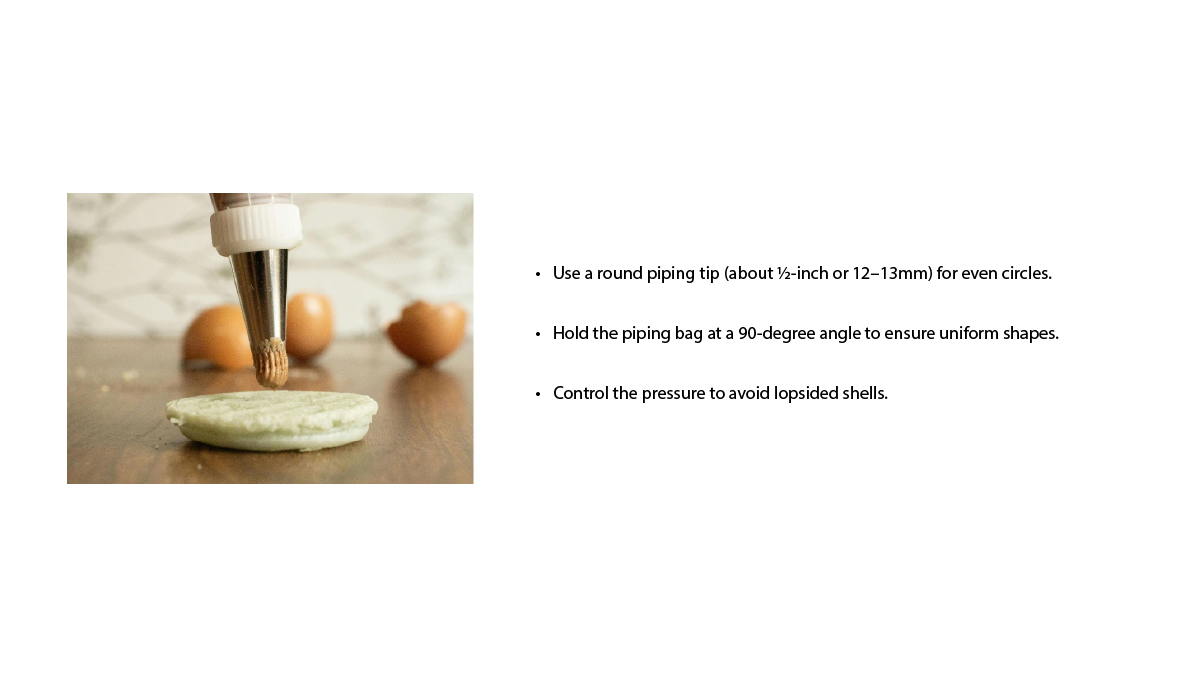
Perfecting the Baking Process
Step 3: Resting the Macarons Before Baking
Let the piped macarons sit at room temperature for 30–60 minutes until dry skin forms. This helps prevent cracking during baking.
Fan test: Lightly touch a shell—if it’s no longer sticky, it’s ready to bake.
Step 4: Baking at the Right Temperature
Macarons require gentle heat. The ideal baking temperature is 140–160°C.
- Use double baking trays (stacking two trays) to prevent the bottoms from burning.
- Bake for 12–15 minutes, rotating the tray halfway through for even heat distribution.
Step 5: Knowing When They're Done
To check doneness, gently wiggle the shell—it should not move from the feet. If it shifts, bake for another 1–2 minutes.
|
REMEMBER!
Let macarons cool completely before removing them from the tray, or they might stick and break!
|
Filling and Maturation: The Secret to Flavourful Macarons
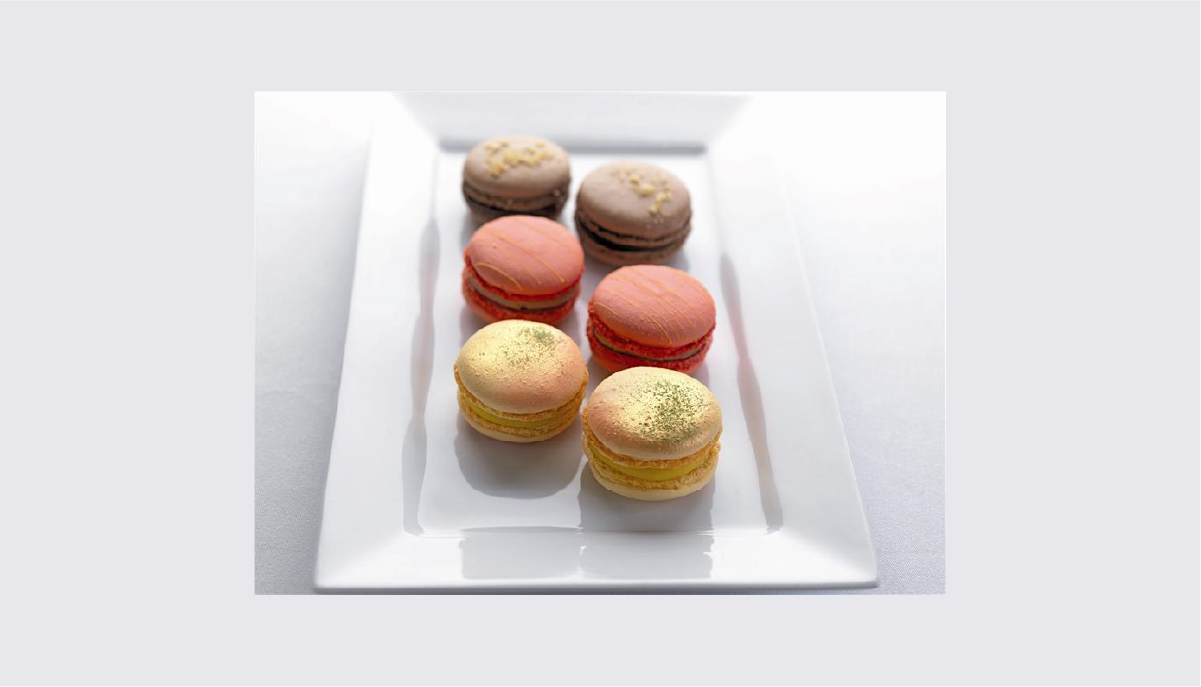
Step 6: Choosing the Best Fillings
The filling is where your creativity shines! So you can consider these three types of fillings:
- Buttercream – Light and fluffy, available in endless flavours.
- Ganache – Rich, chocolatey, and luxurious.
- Jam & Curds – Fruity and slightly tangy for a refreshing contrast.
But if you’re stuck, we’ve got some flavour recommendations, rated based on difficulty level, from 1-★ (the easiest) to 5-★ (the most challenging):
|
Classic with a Twist 🍯
|
Exotic & Fruity 🥭
|
Dessert-Inspired 🫘
|
Savory & Unexpected 🧀
|
|
Salted Caramel – ★★★☆☆ (3) – Caramel can be tricky to get right without burning.
Earl Grey & Honey – ★★☆☆☆ (2) – Simple infusion process, but balancing the tea flavour can be delicate.
Pistachio Rose – ★★★☆☆ (3) – Pistachio paste needs to be smooth, and rosewater must be used sparingly.
|
Yuzu & White Chocolate – ★★★★☆ (4) – Yuzu can be hard to find, and the ganache consistency must be perfect.
Mango Sticky Rice – ★★★☆☆ (3) – Getting the right mango puree consistency without making the filling too runny is a challenge.
Passionfruit & Basil – ★★★★☆ (4) – Balancing the acidity of passionfruit with the herbal notes of basil takes precision.
|
Tiramisu – ★★★☆☆ (3) – Requires multiple layers of flavour, including coffee-soaked elements.
Matcha Red Bean – ★★★☆☆ (3) – Matcha can turn bitter if not handled well, and red bean paste must be smooth.
Churro Cinnamon Crunch – ★★☆☆☆ (2) – Straightforward but needs a crispy cinnamon element without overpowering the macaron.
|
Black Truffle & Parmesan – ★★★★★ (5) – Getting the right truffle intensity without overwhelming the macaron is tricky.
Goat Cheese & Fig – ★★★★☆ (4) – The cheese must be creamy but not overpowering; fig consistency is key.
Lavender & Honey – ★★★☆☆ (3) – Too much lavender can make it taste soapy; needs a delicate balance.
|
Step 7: Maturing for the Best Texture
Macarons taste better after 24 to 48 hours in the fridge. The filling softens the shells, giving them that perfect melt-in-your-mouth texture.
Store in an airtight container to prevent drying out, and bring to room temperature before serving for the best flavour.
Master the Art of Macarons with Le Cordon Bleu Malaysia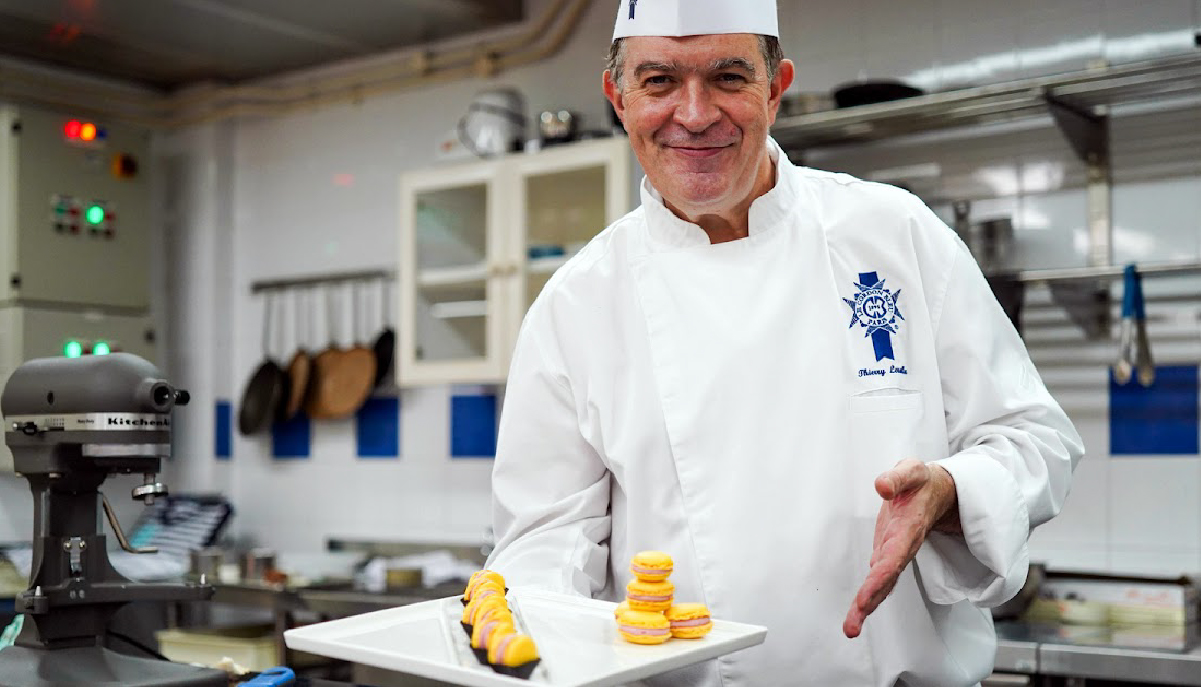
Image source: Eat Drink KL
Perfect macarons require precision, but with practice, anyone can master them. Remember:
✅ Sift your almond flour for smooth shells
✅ Master the art of macaronage to get the perfect batter consistency.
✅ Rest your macarons before baking to avoid cracks.
✅ Let them mature for deeper flavour and better texture.
If you want to refine your skills with expert guidance, consider enrolling in a culinary arts course at Le Cordon Bleu Malaysia. Whether you're interested in a diploma in culinary arts or a diploma in pastry and bakery, our world-class instructors can help you master the techniques used by top pastry chefs.
🎓 Join our baking course in Malaysia today and take your macaron-making skills to the next level! 🍰✨
For more information, WhatsApp us at 019-305 2586 or email to malaysia@cordonbleu.edu.





